Last Updated on February 24, 2023
A fresh breeze blows the smell of salty sea water into my face. Even from a distance, the rocky hills covered with dense forests of oaks, chestnuts and elms, which drop steeply into the turquoise blue water, can be seen. Neither a house nor a town is in sight, only the dark green and orange of the leaves is illuminated by the setting sun.
It is a September evening, the clattering ferry is slowly heading for the port of Porozina. This is at the northern end of Cres, Croatia’s largest island.
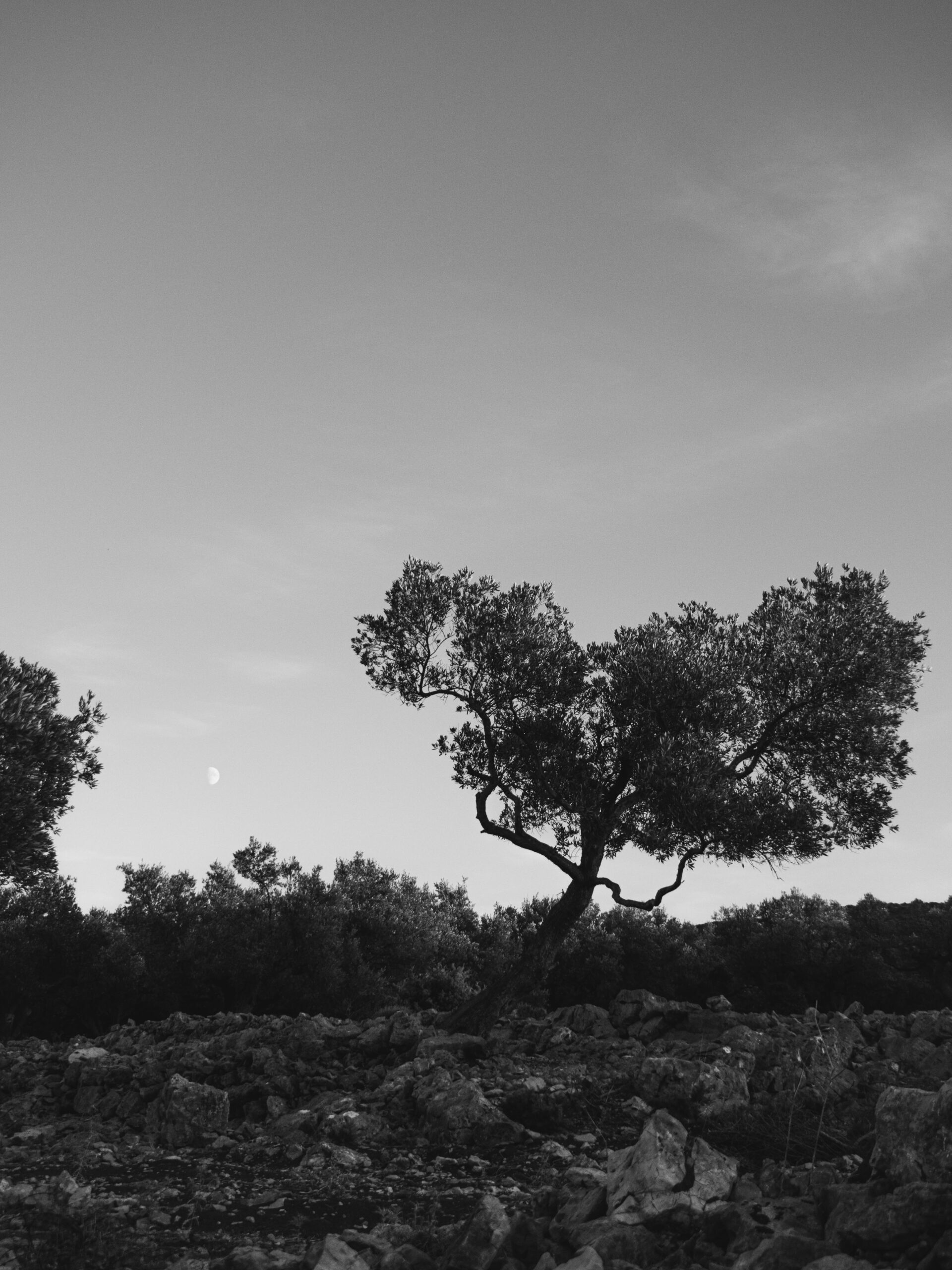
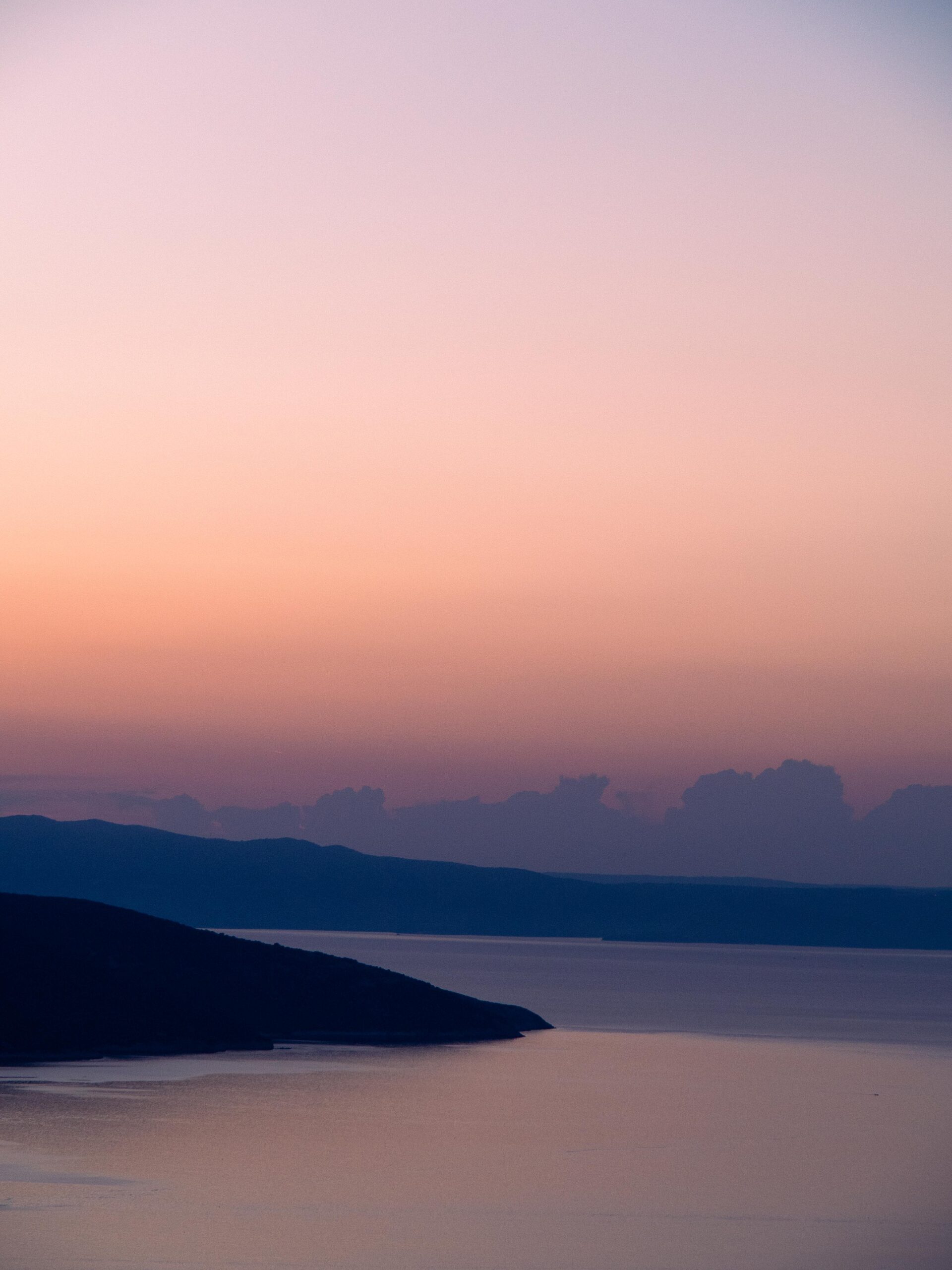
As soon as the ferry docks, the cars start moving and wind their way up the narrow road on the mountain. It runs as the main road through the whole island to the south to the island of Lošinj, which is connected to Cres by a bridge. Once they belonged together, but the Romans divided them in two.
The barren landscape shines in the last sunlight of the day and every now and then you catch a glimpse of a shimmering turquoise bay. Especially on the south and west coasts of the island, one bay with a pebble beach follows the next. Often, they can only be reached by boat or by a strenuous hike on foot.
Cres
The capital of the island is called Cres as well and, with only about 3000 inhabitants, seems more like a larger village. Nevertheless, the town is beautiful, narrow streets lead through the old town to the harbor, which is safely situated in a bay. Around Cres, olive trees grow in stone deserts on the slopes and the oil from these olives is actually the only oil from Croatia with an award for its originality, as only local varieties are processed.
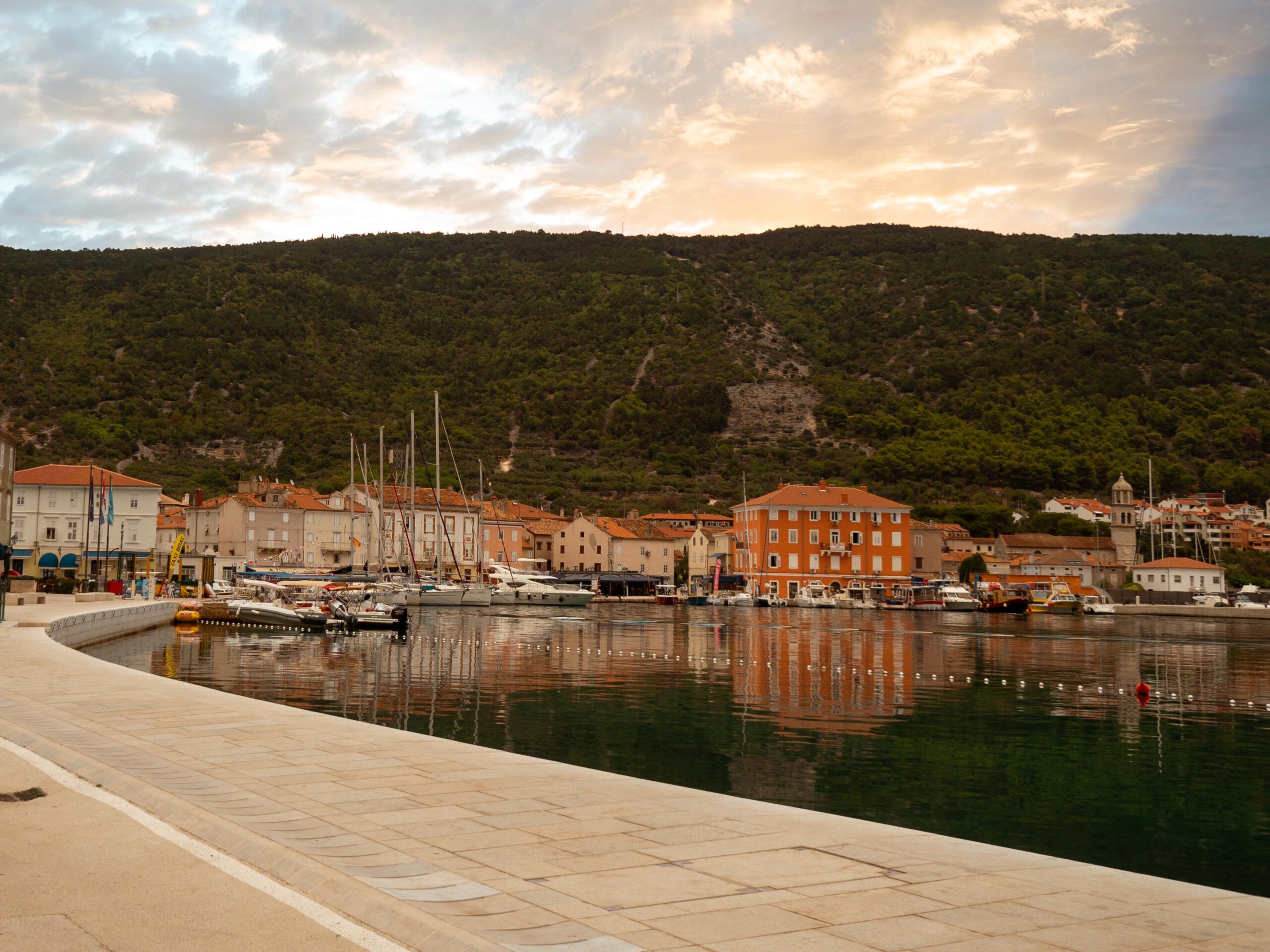
The feeling of this originality and wildness can be found all over the island. The roads are narrow, often not equipped with good tar and here and there a few free donkeys or sheep trot across the road. They are wild, shaggy and above all curious. When they are not grazing under an olive tree, the sheep wander through the forests and villages wherever they feel like going.
Even today they live free and listen to the call of their shepherd, who now marks them with colors, but the traditional nicking of the sheep’s ear is still common. Each family has its own combination of incisions to recognize their sheep. In the past their wool has been sustainably processed by felting into clothing, nowadays it’s not used anymore or transformed into small souvenirs and sold, for example, at the port of Cres. There you can also buy homemade honey, which is incomparable due to the geographical location and the associated biodiversity of Cres. The special varieties include, for example, cinnamon or sage honey.
The motto of the small town is “No stress in Cres” and is absolutely consistent with the way of life on the island. You come to rest, you are calm and relaxed. An atmosphere that you won’t find again in Croatia. This feeling already disappears as soon as you cross over to the neighboring island of Krk.
Merag
You can also get there by ferry, which departs from the small village of Merag. Already in ancient times, this harbor was very important, the goods came by sea and were then transported to the town of Cres via the old Roman road. Even today, the old paths connect the villages on the island and have developed into popular hiking trails over the years.
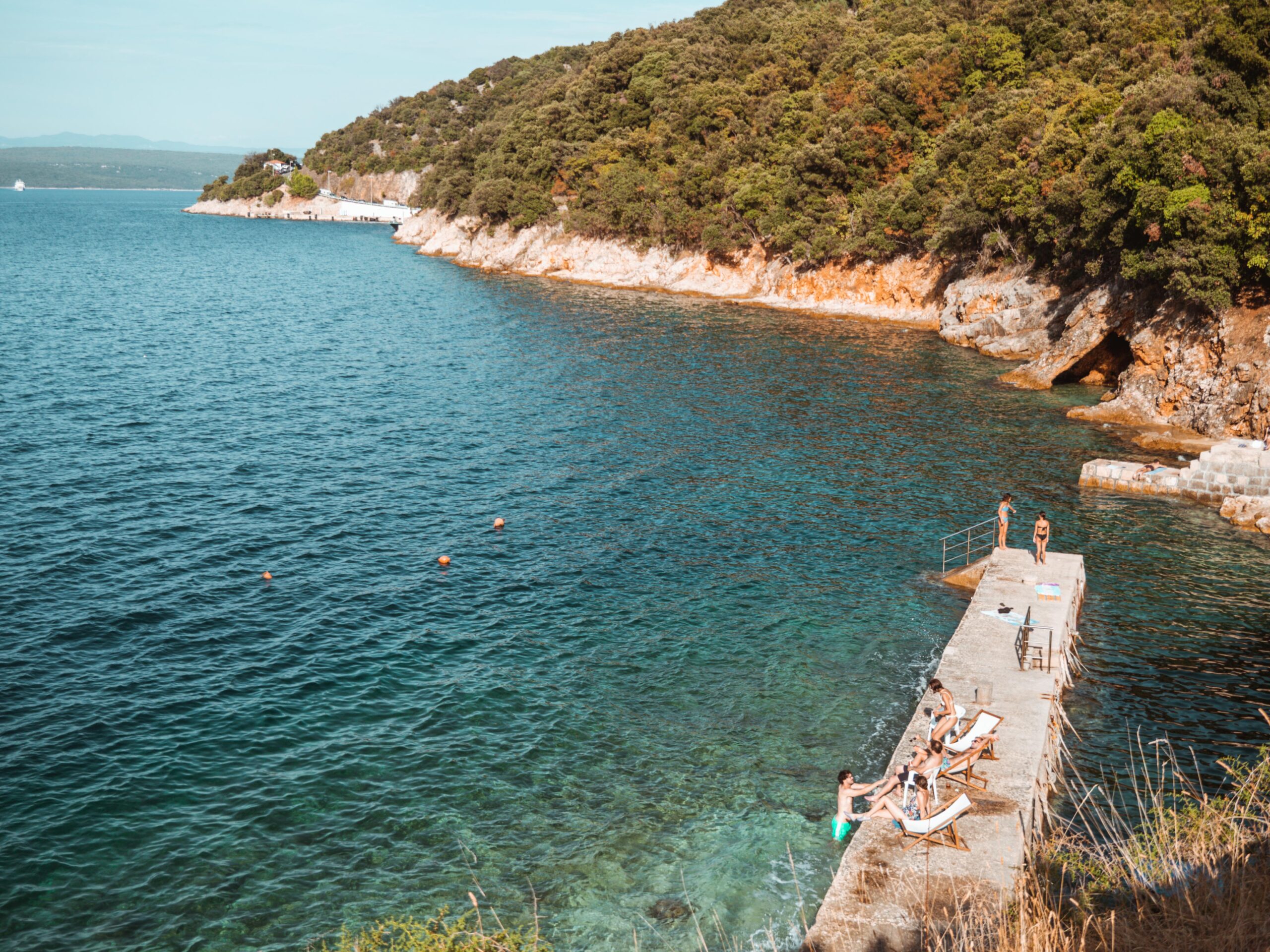
Merag is now a quiet village with a small harbor and beach, both about 500m from the ferry and screened by a hill. The few houses are surrounded by pomegranate, fig and apricot trees and there are a few paddle or motor boats in the small harbor. Families come here for a dip in the salty water or sunbathe on the stone jetty.
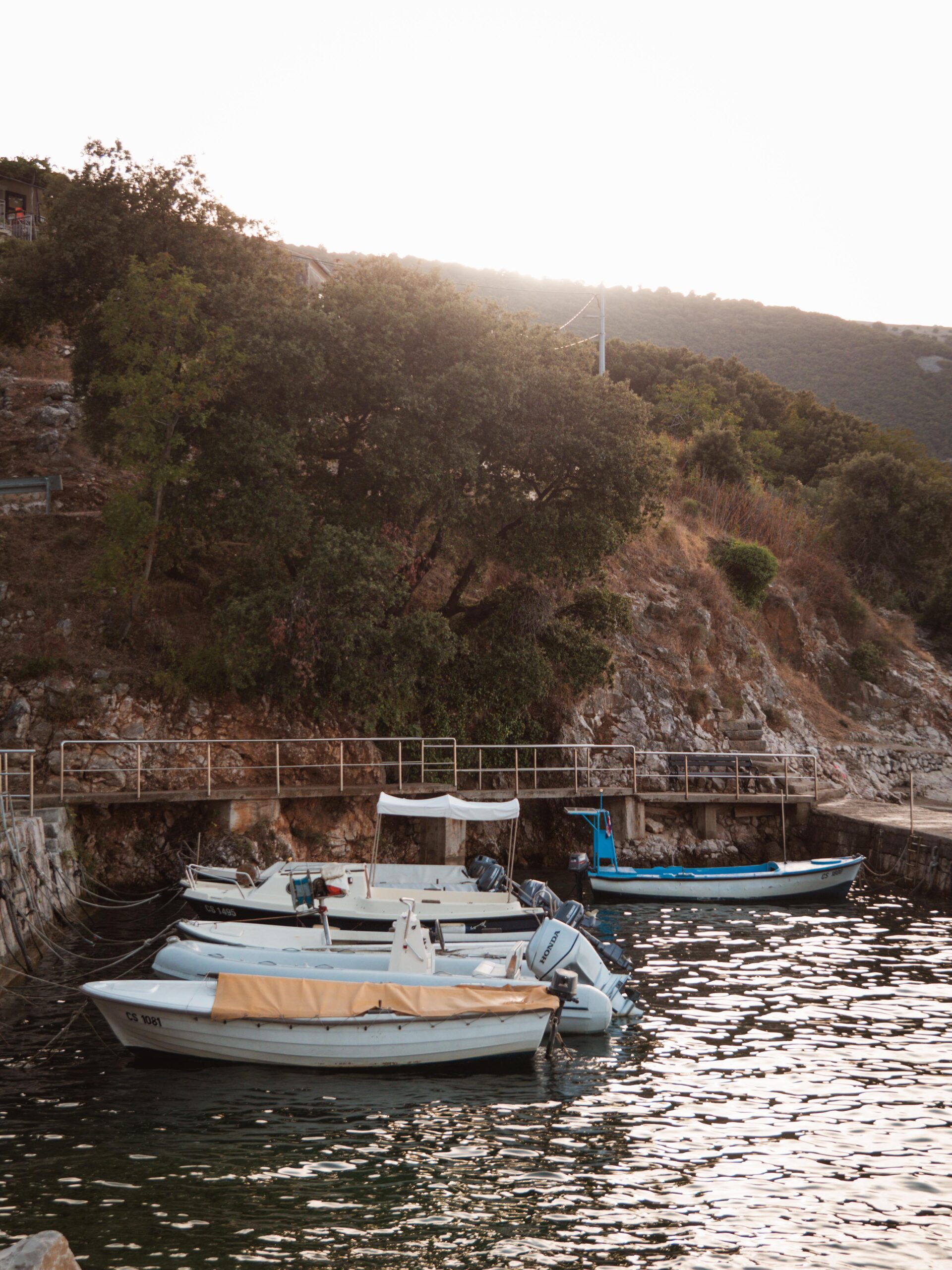
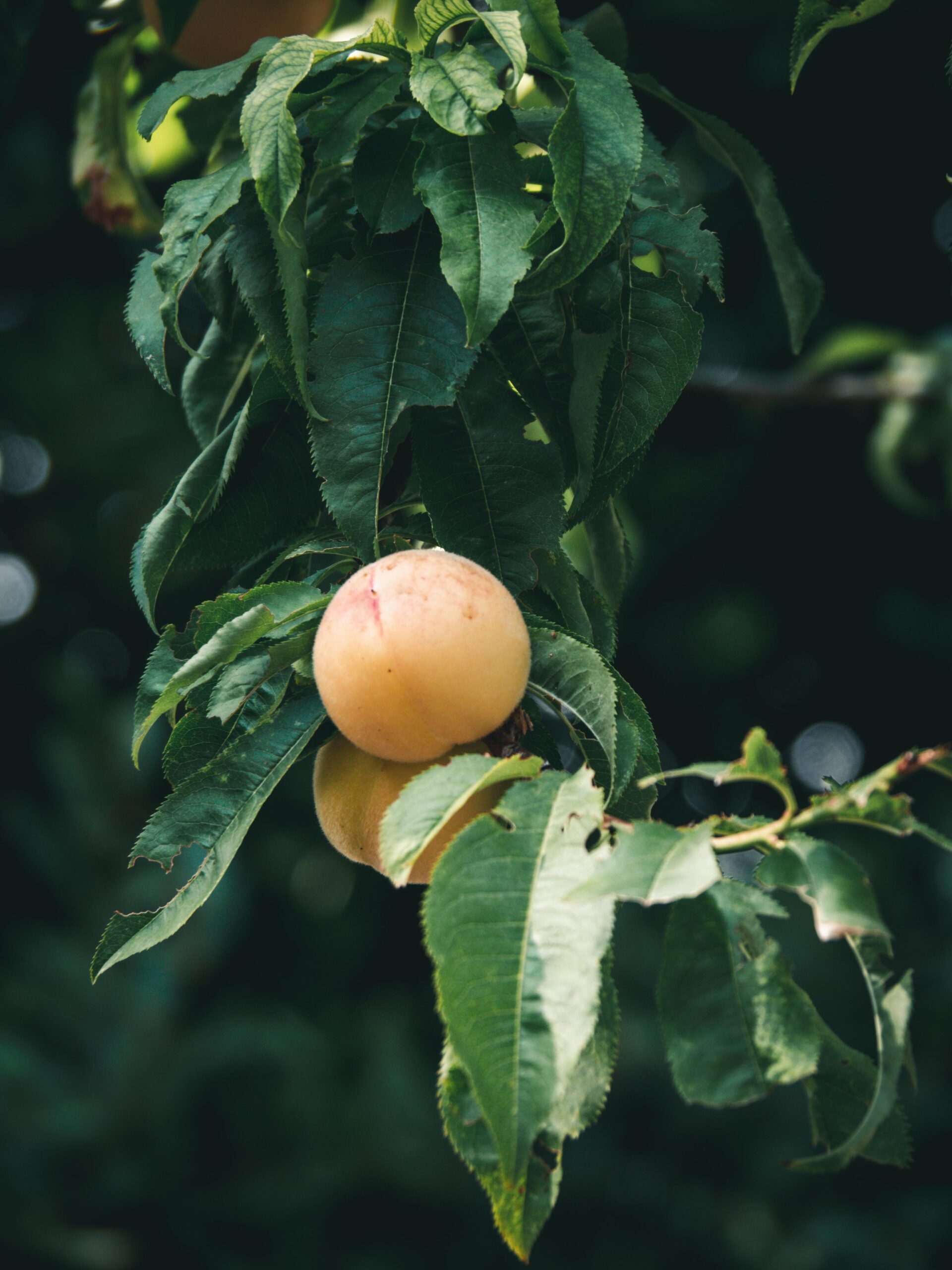
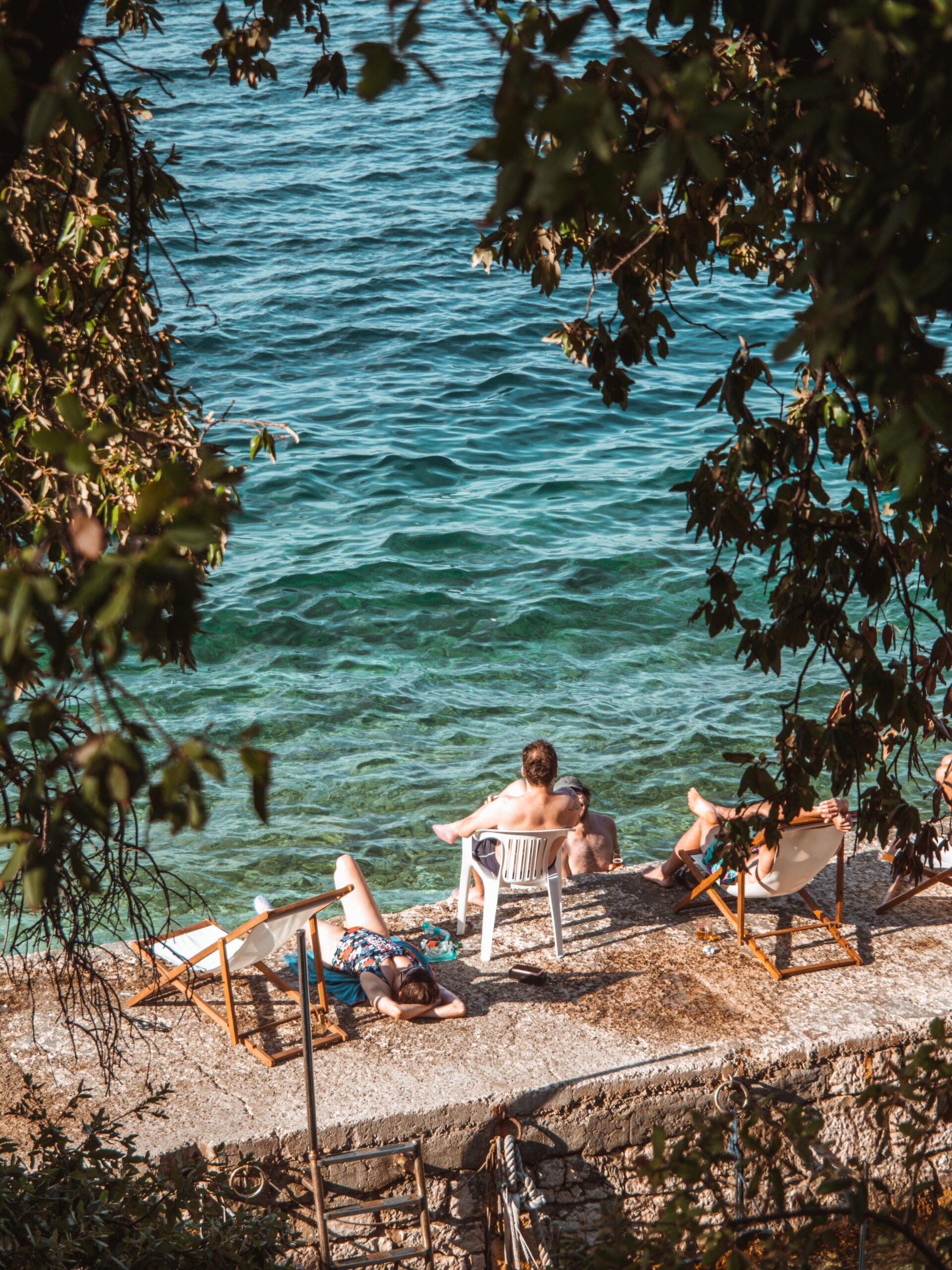
Vadun
Another popular seaside spot is the fishing village of Vadun on the west coast of the island. Apart from a few houses and small restaurants, this village is also quite small and surrounded by two beautiful bays with pebble beaches.
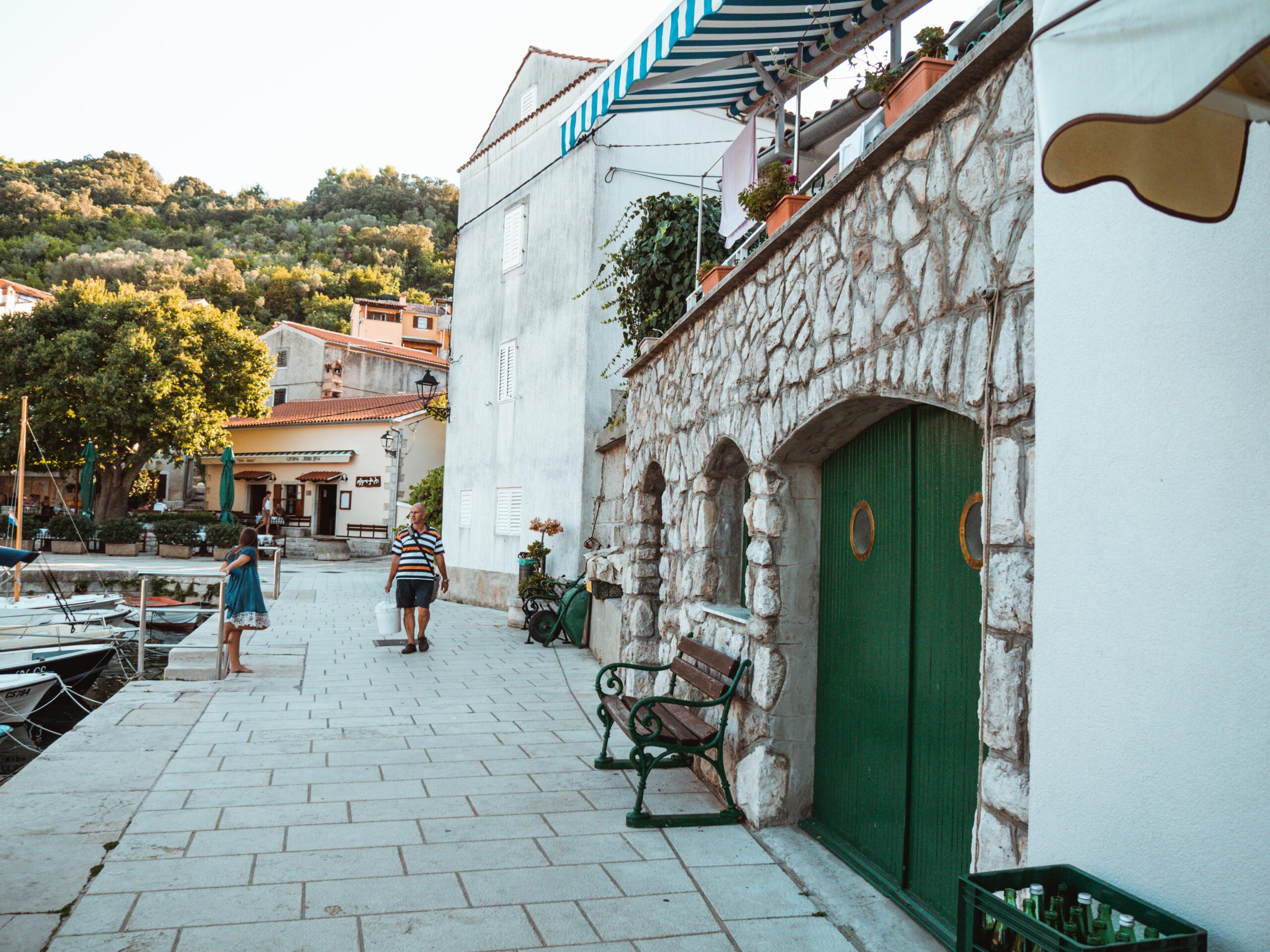
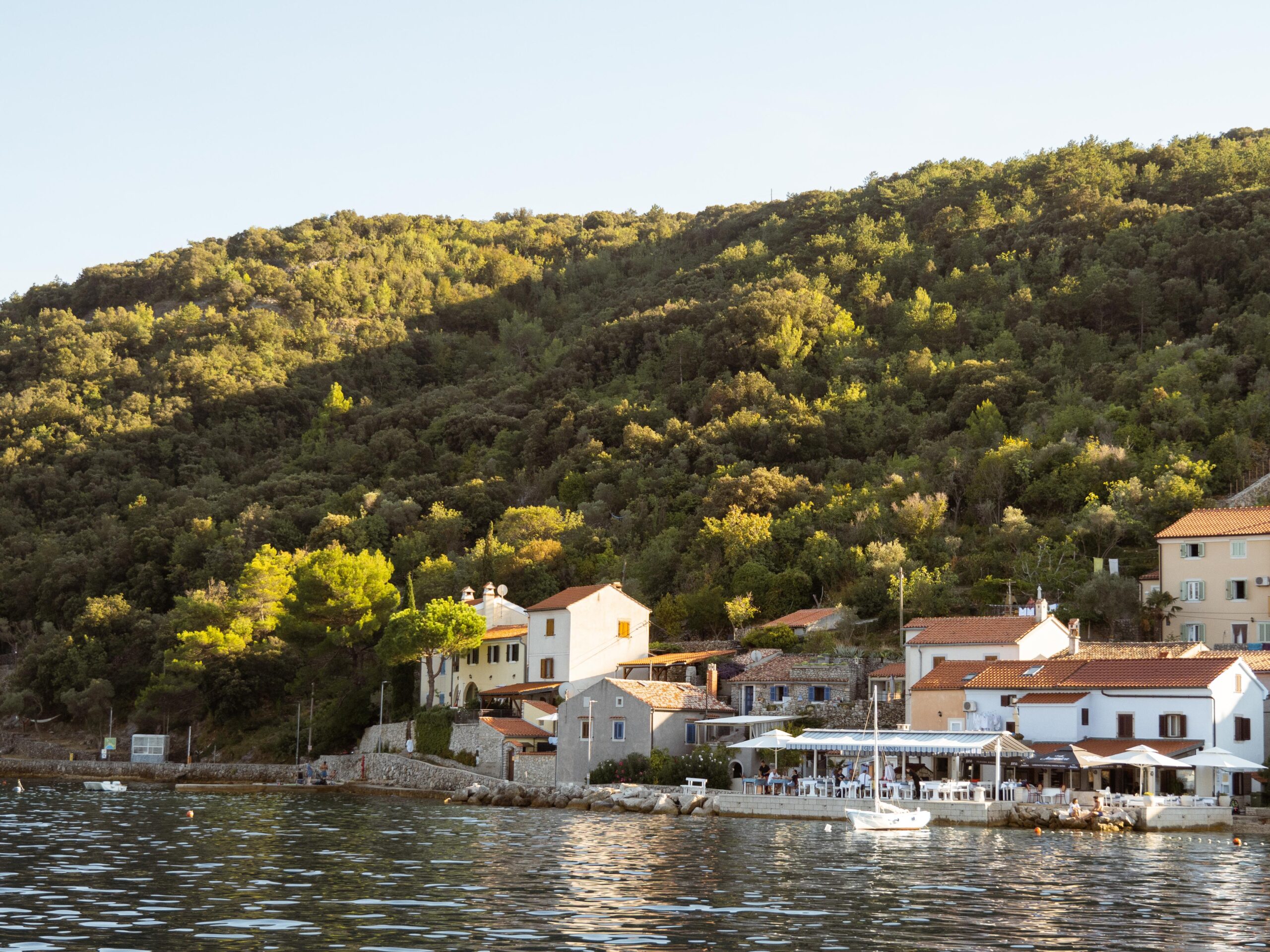
Lubenice
If you drive a little further along narrow roads, dry stone walls and forests, you reach the small village of Lubenice. This small stone town was built on a cliff 4000 years ago and has only between 40 and 6 inhabitants, depending on the season. Nevertheless, there is a sheep museum that provides interesting background knowledge about the island’s sheep.
With a beer at the small bar at the entrance of the village, we enjoy the evening atmosphere and catch sight of a beautiful beach, 378m below the cliff. It is one of the most beautiful beaches in the world and yet you see hardly any people, it’s almost deserted. Quite bizarre. This feeling of untouched nature seems to lie over the whole island. It seems quiet, far away from mass tourism, wild and yet so beautiful.
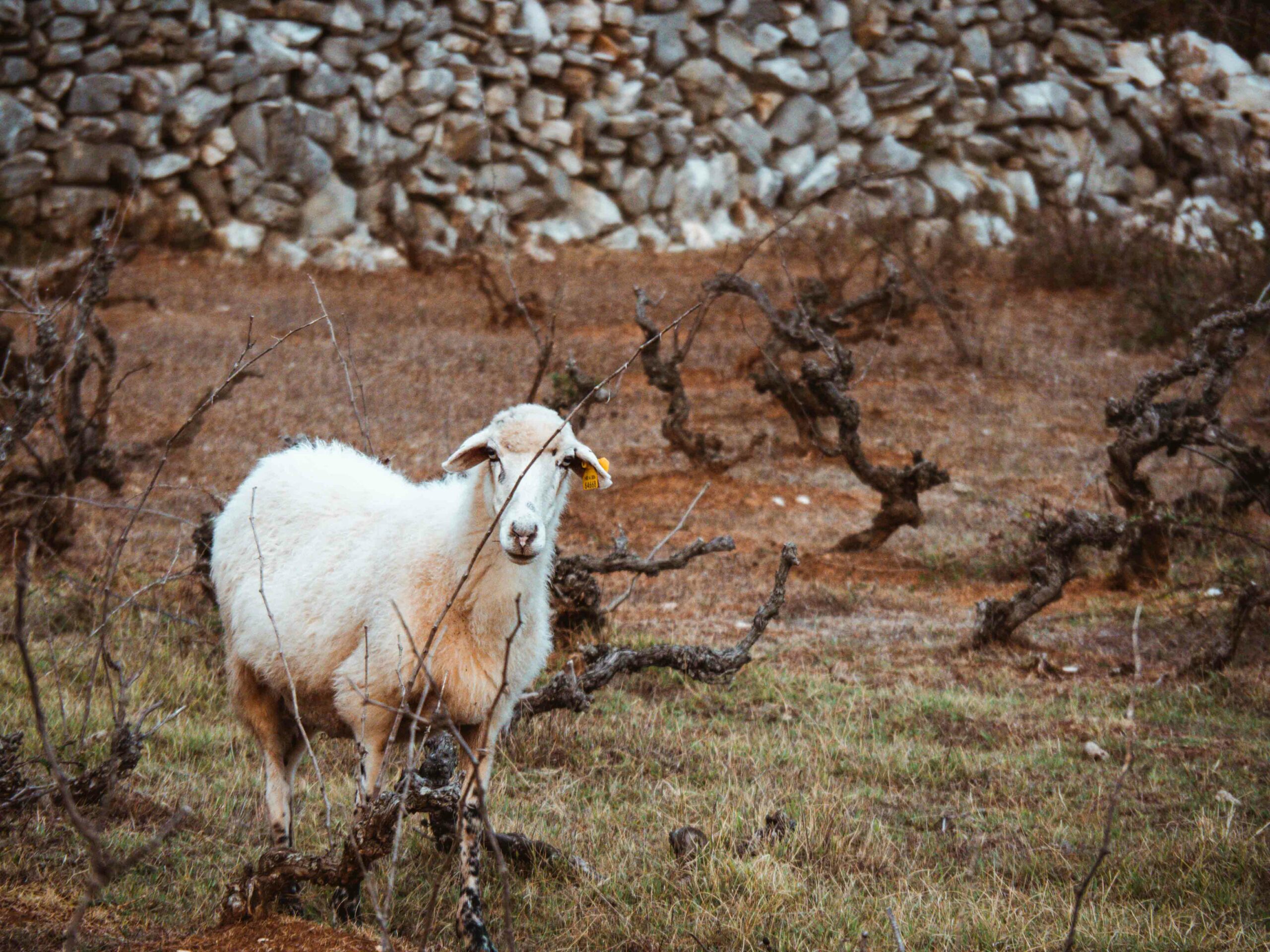
Click here to view my Croatian photo gallery.



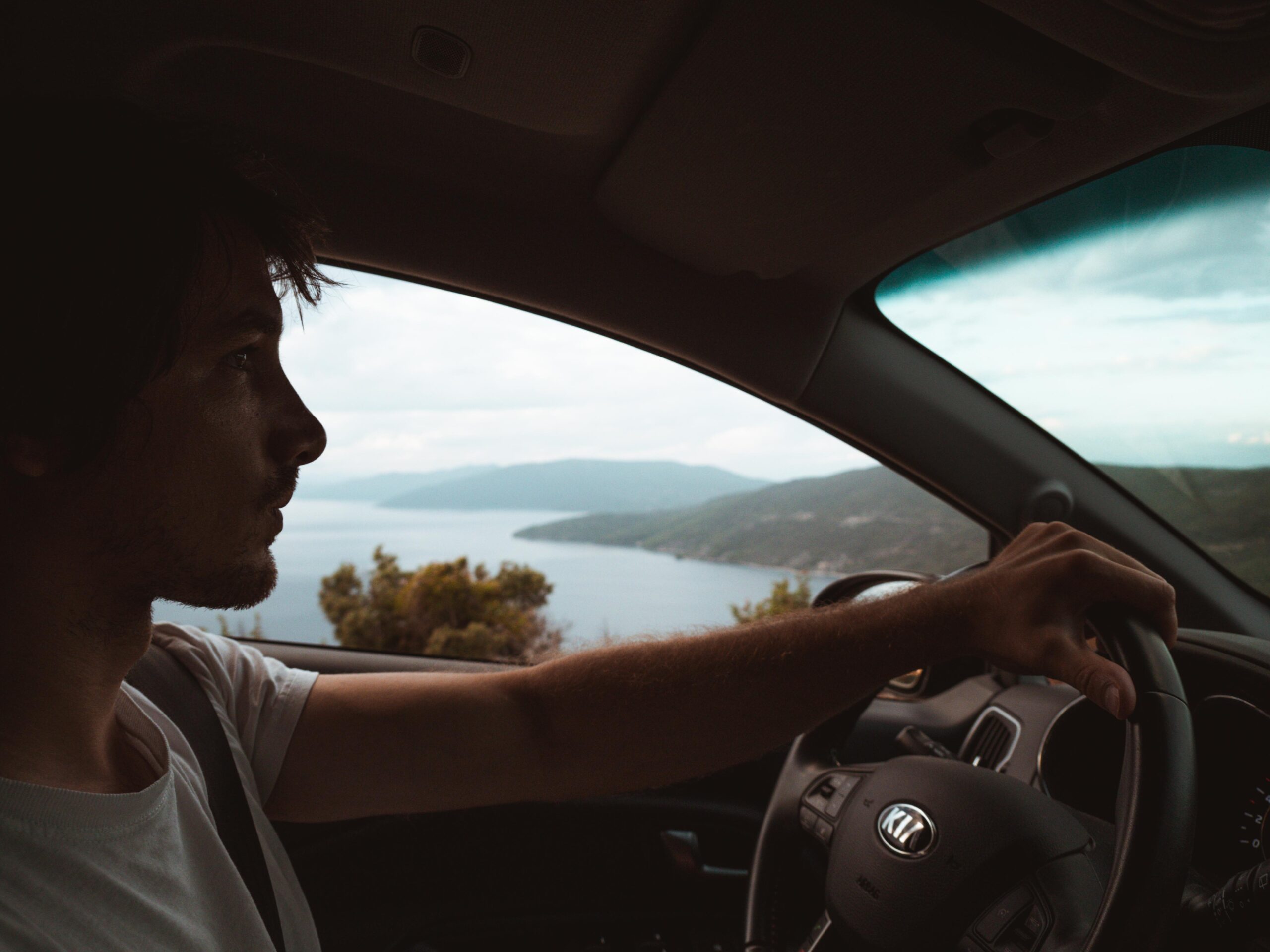
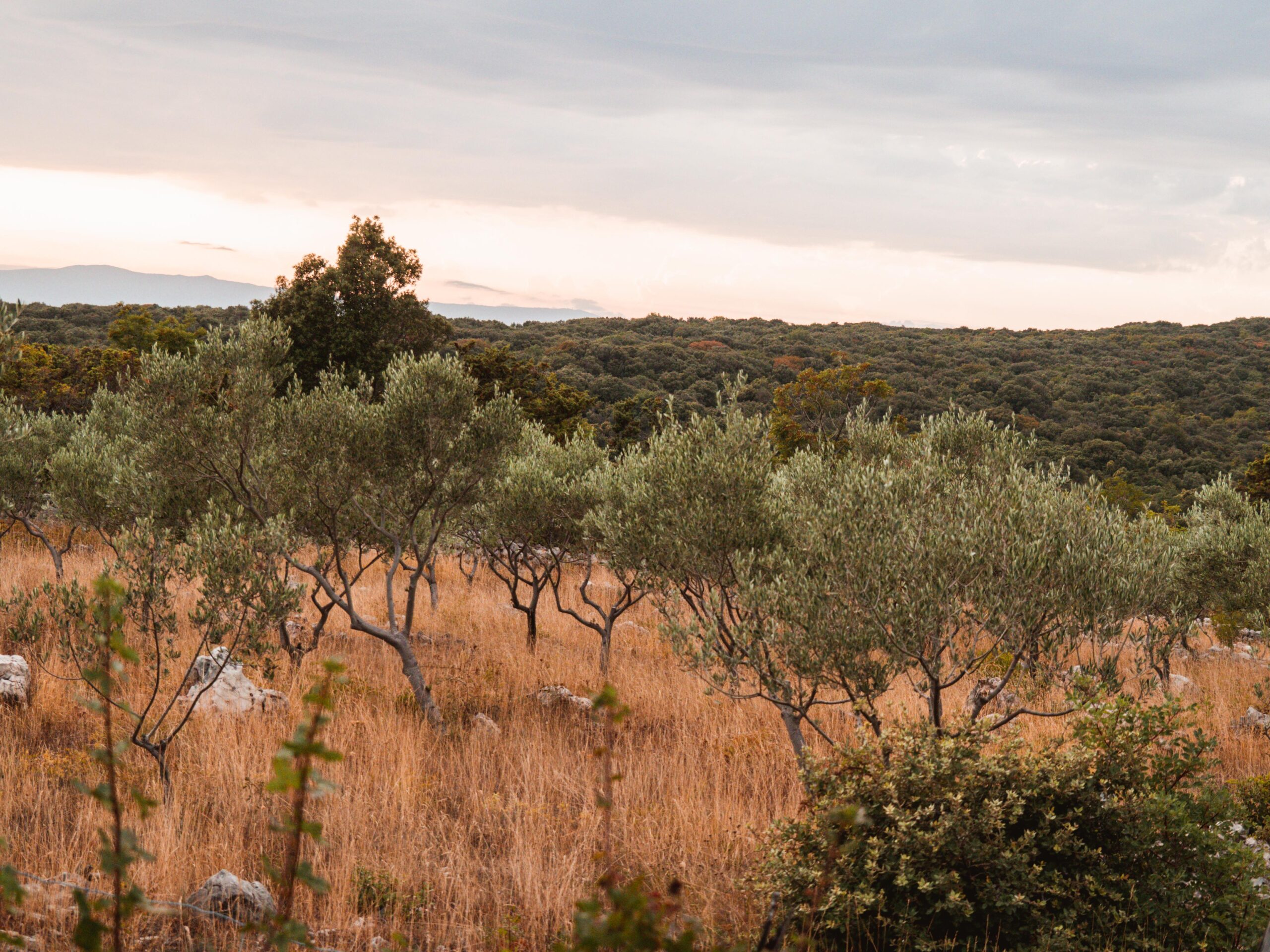
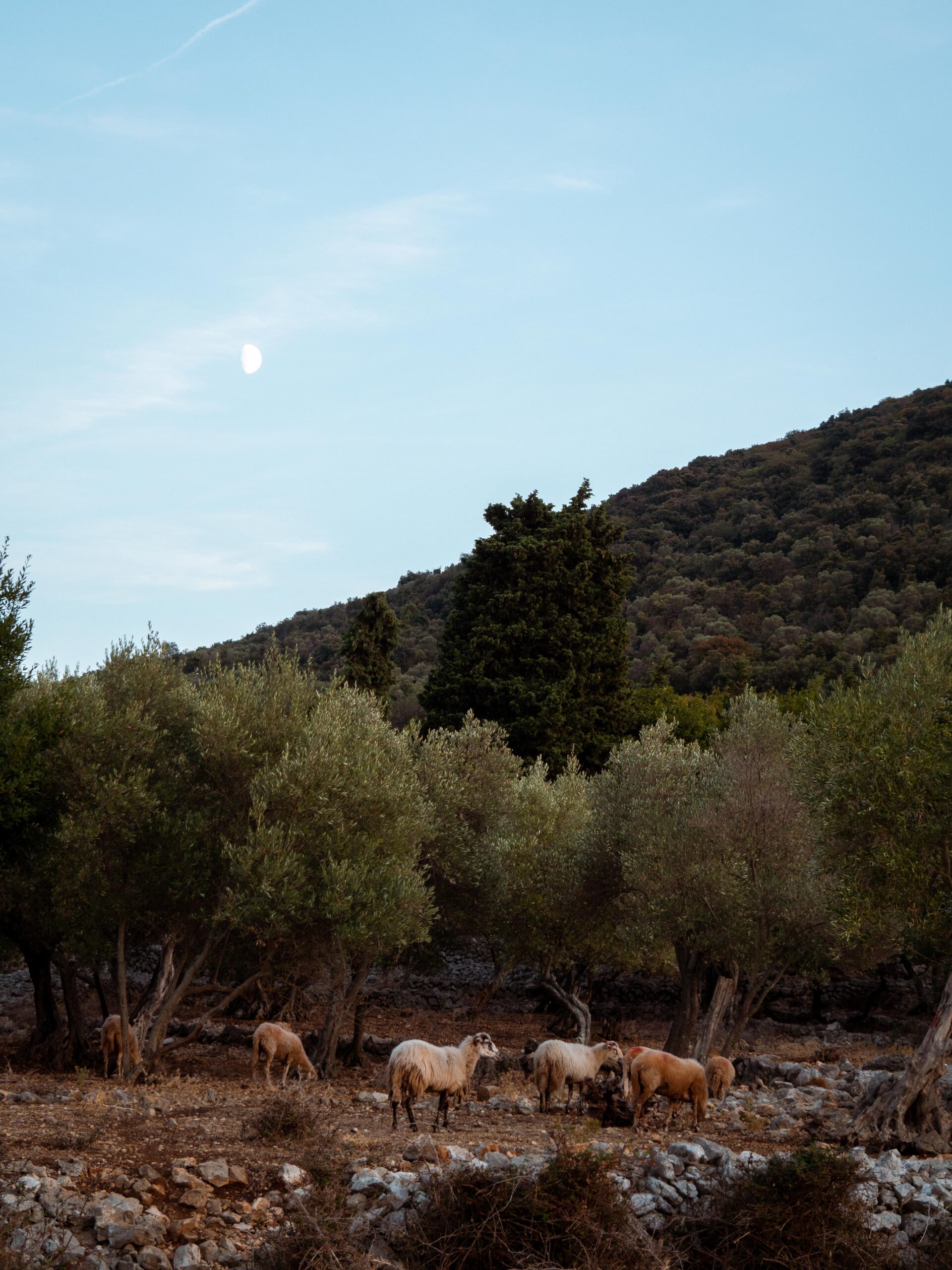
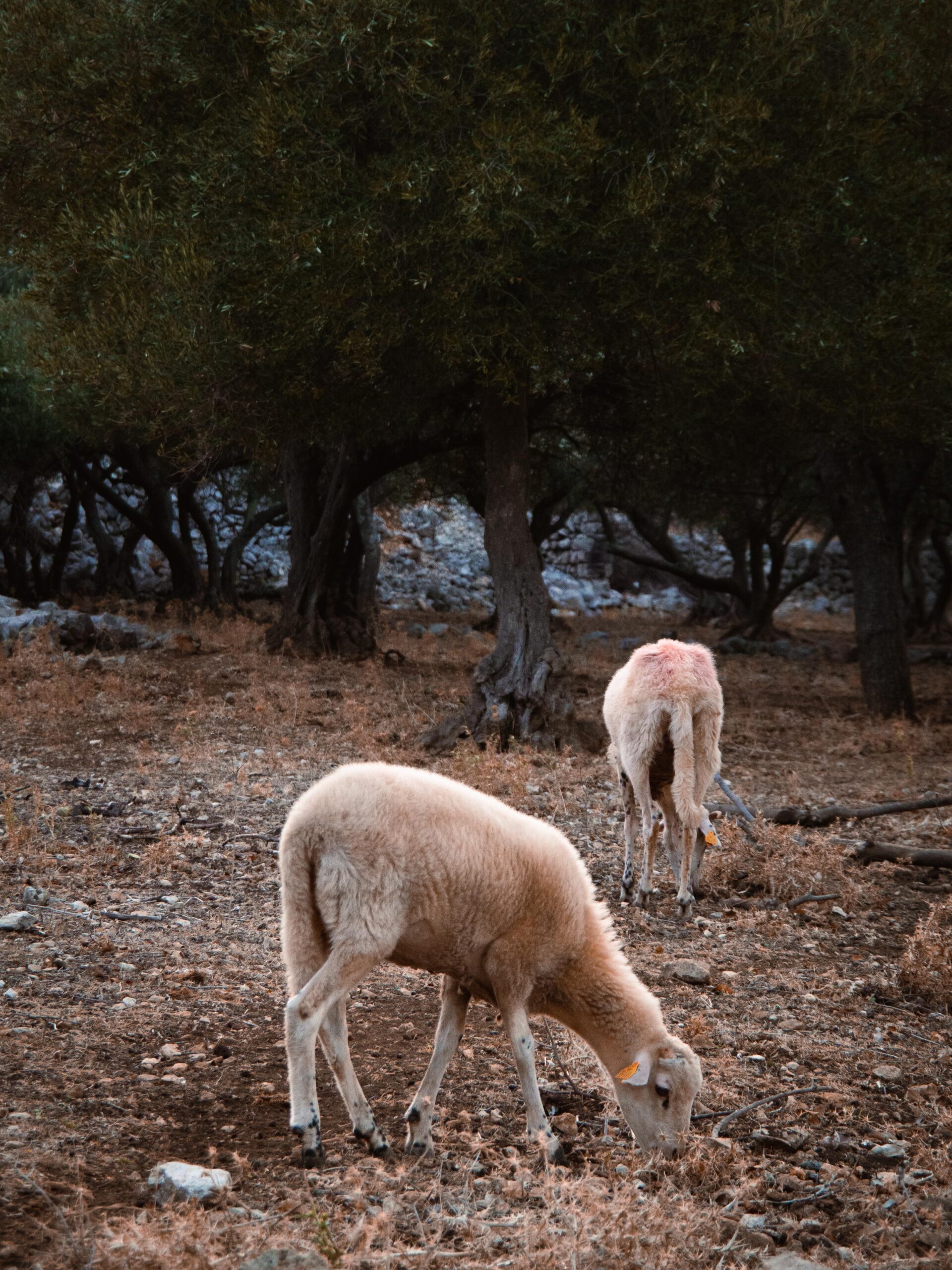
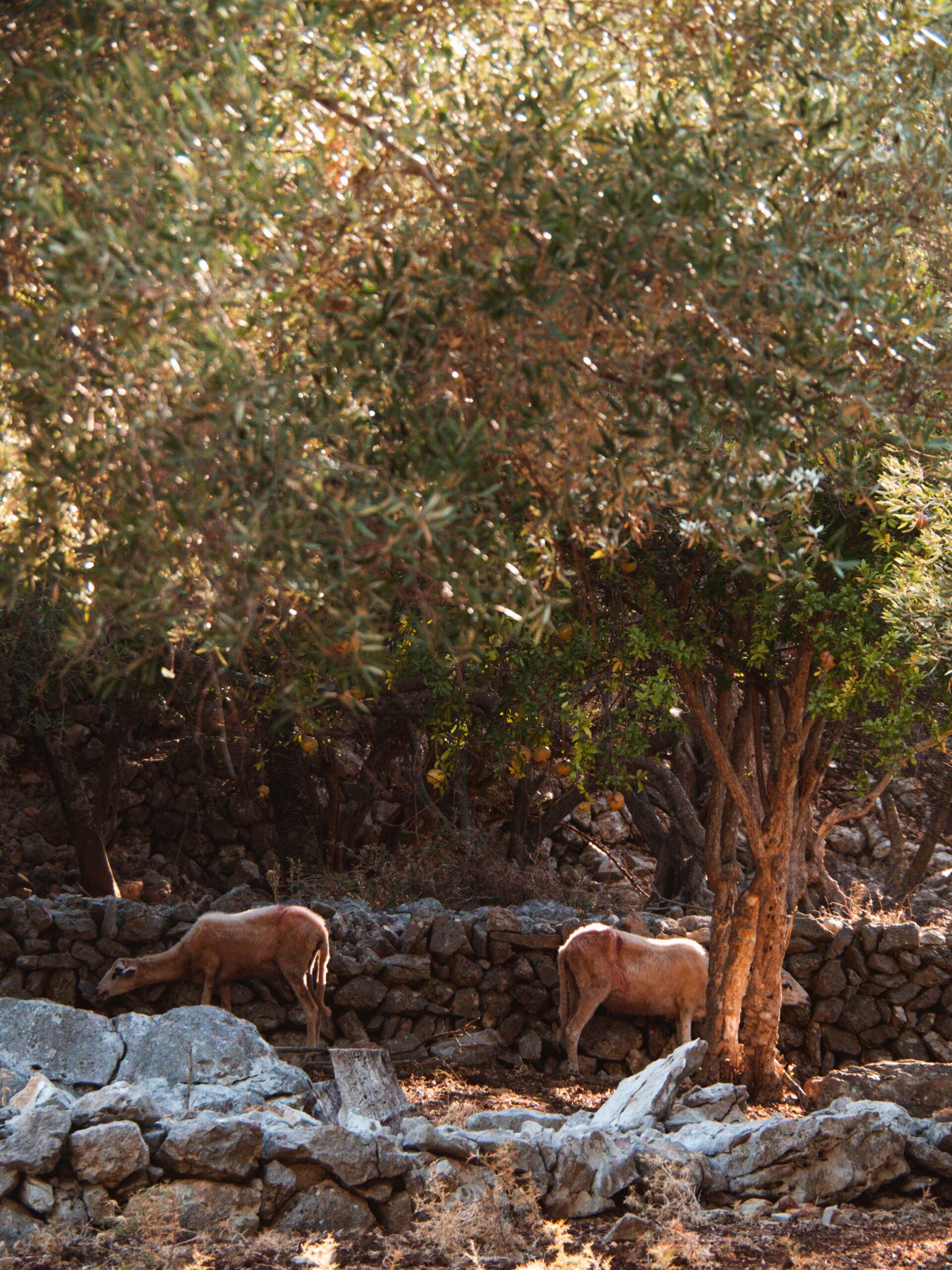
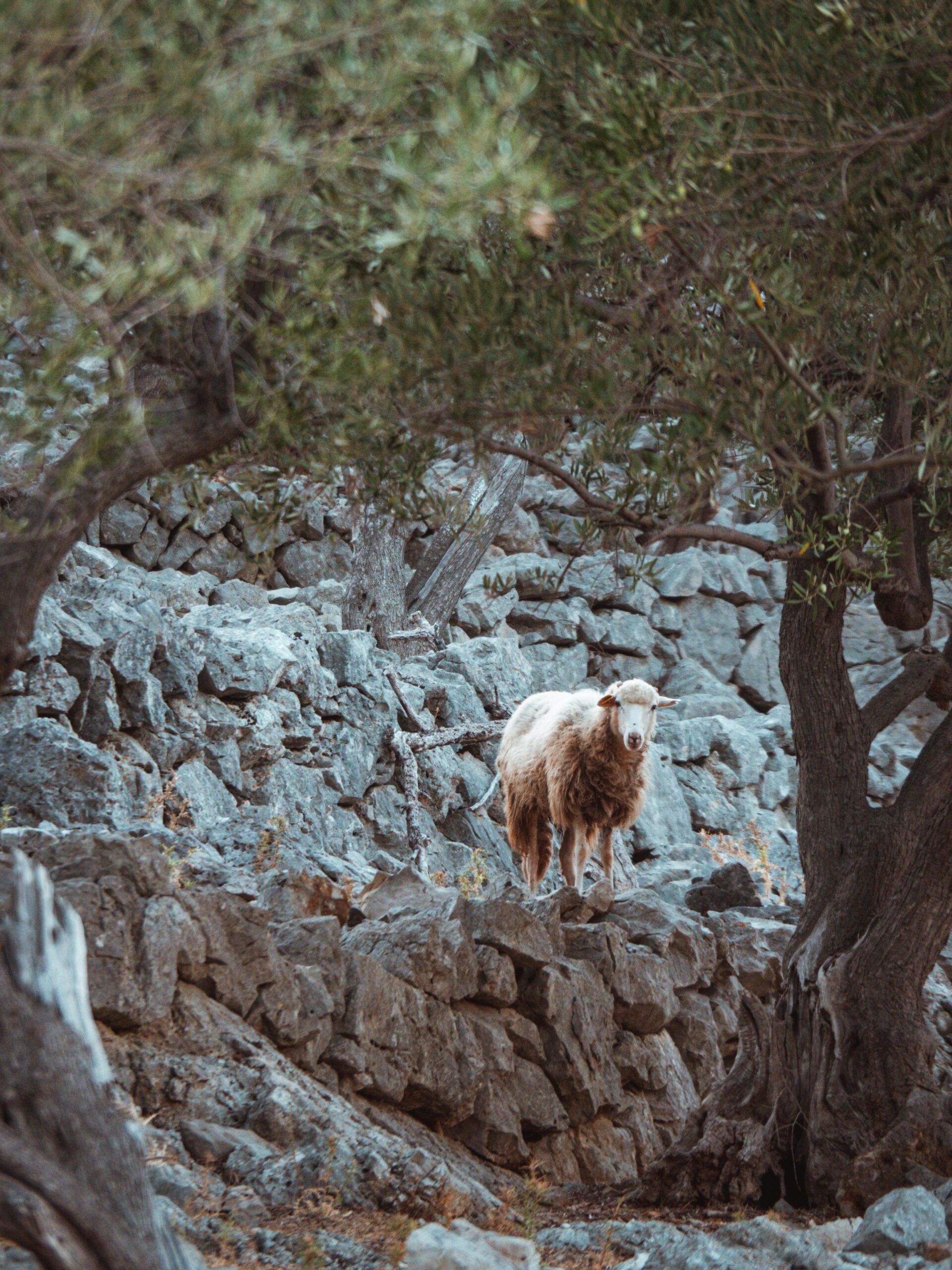
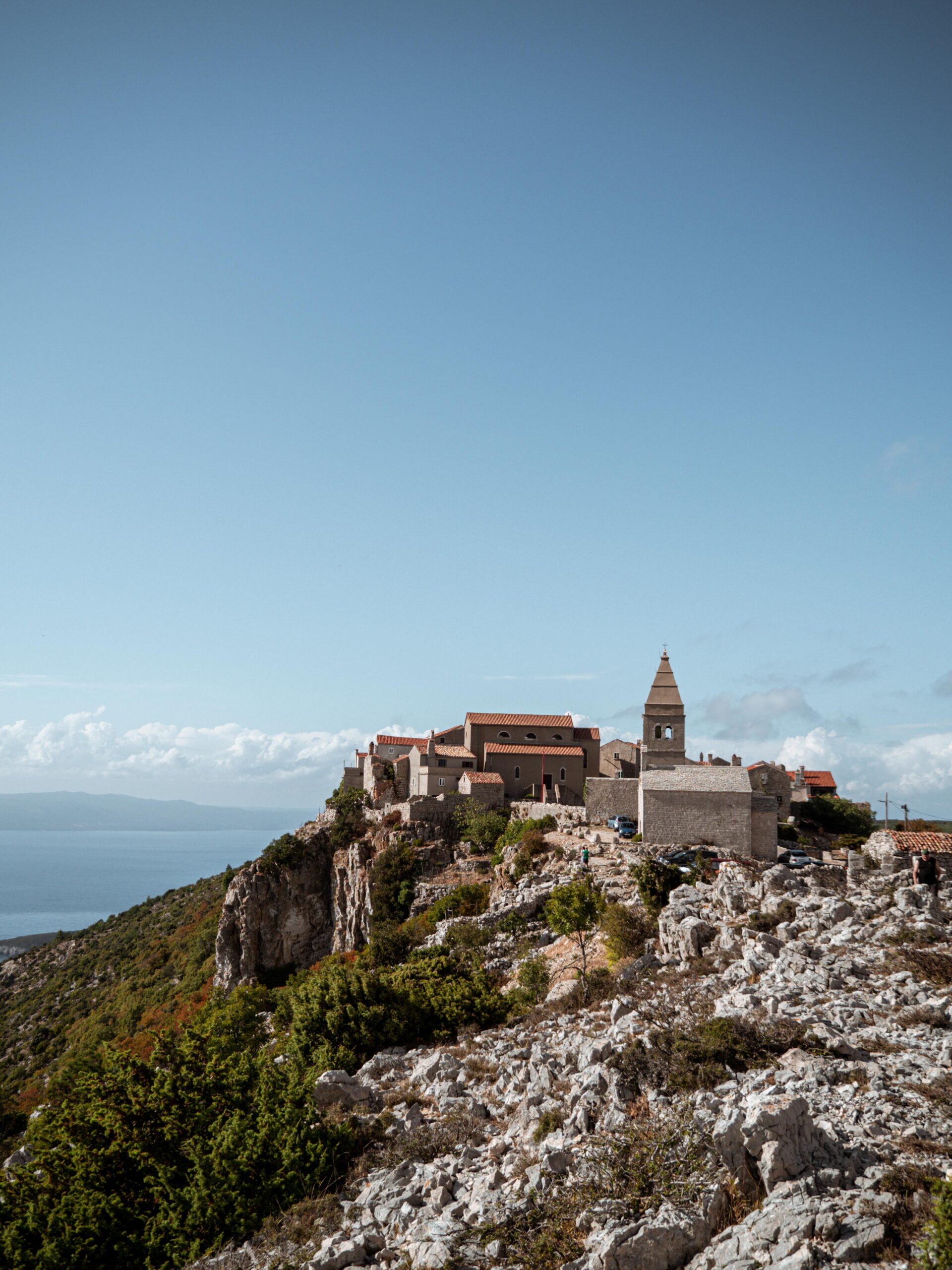
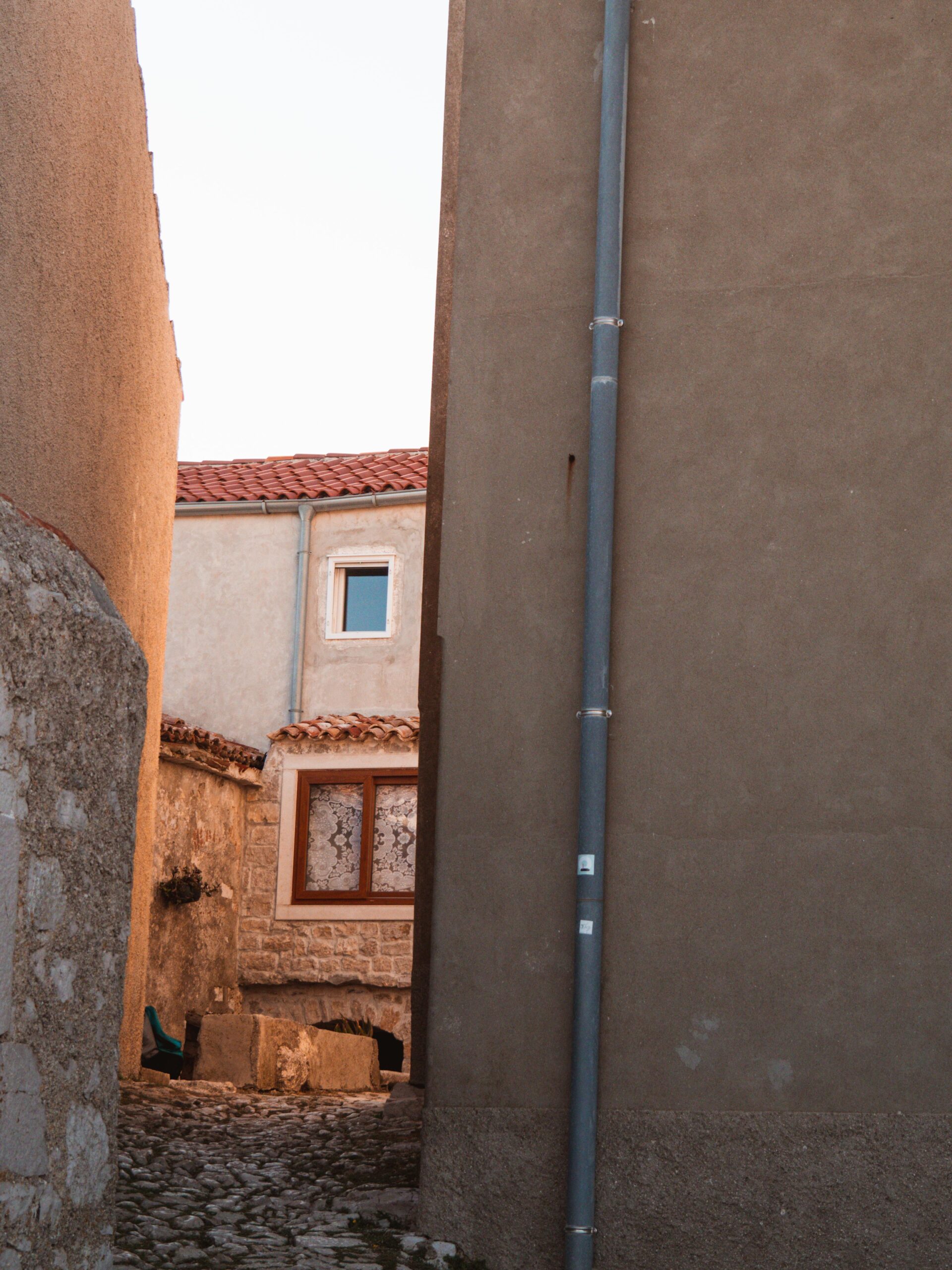
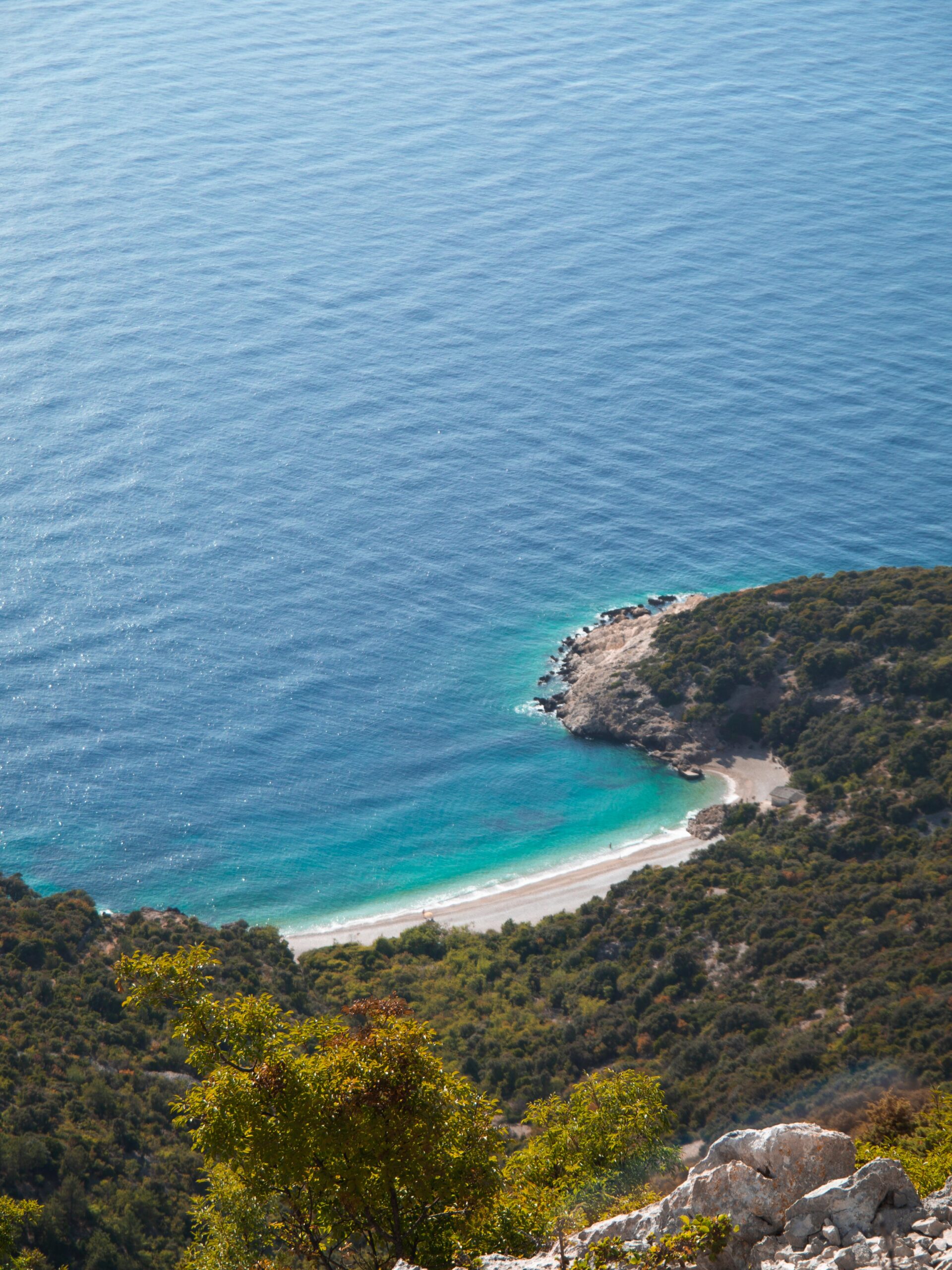
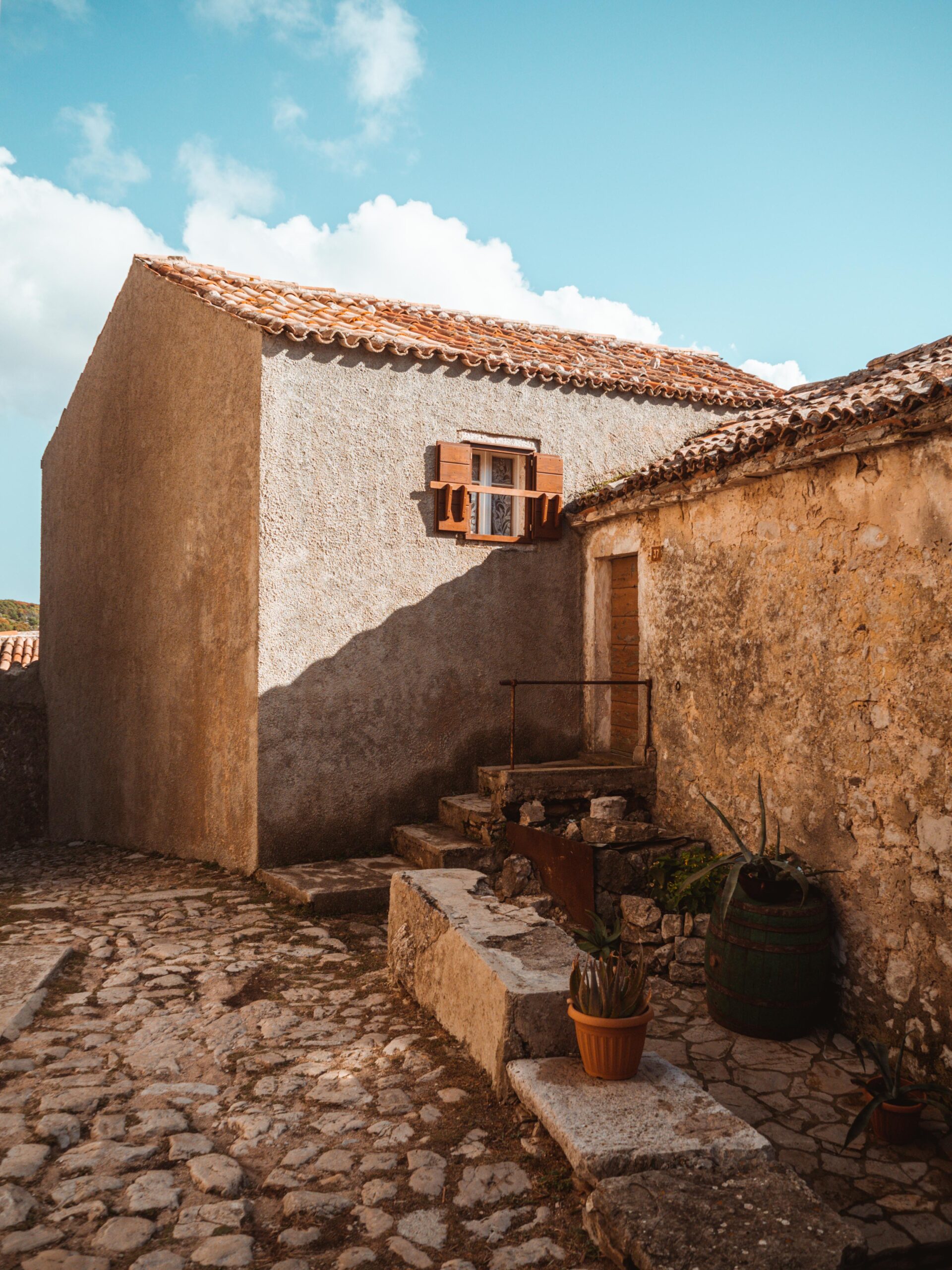



Unbelievable Vera! You have outdone yourself in this blog, the intro is pure magic.
All the photos perfectly reflect what you are reading, it is almost like being there!
Also very interesting to know some of the historical curiosities of the island of Cres and the honey… wow!
Thank you so much, always a pleasure to read you. Keep going
Thank you so much!